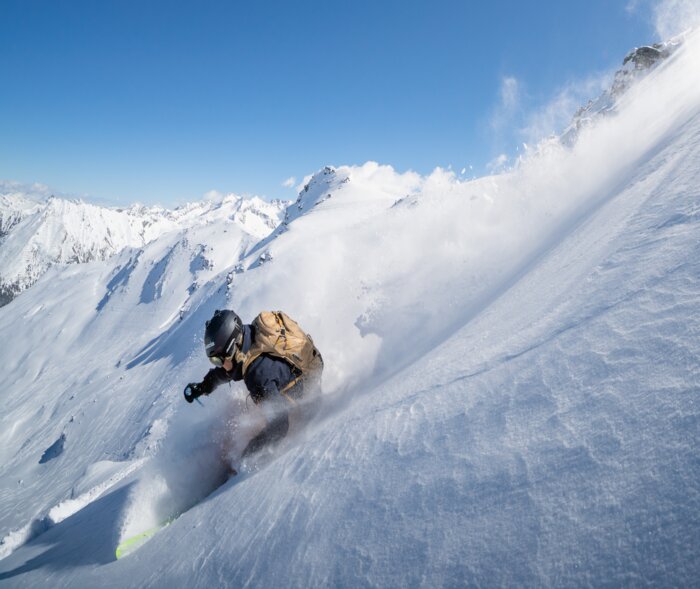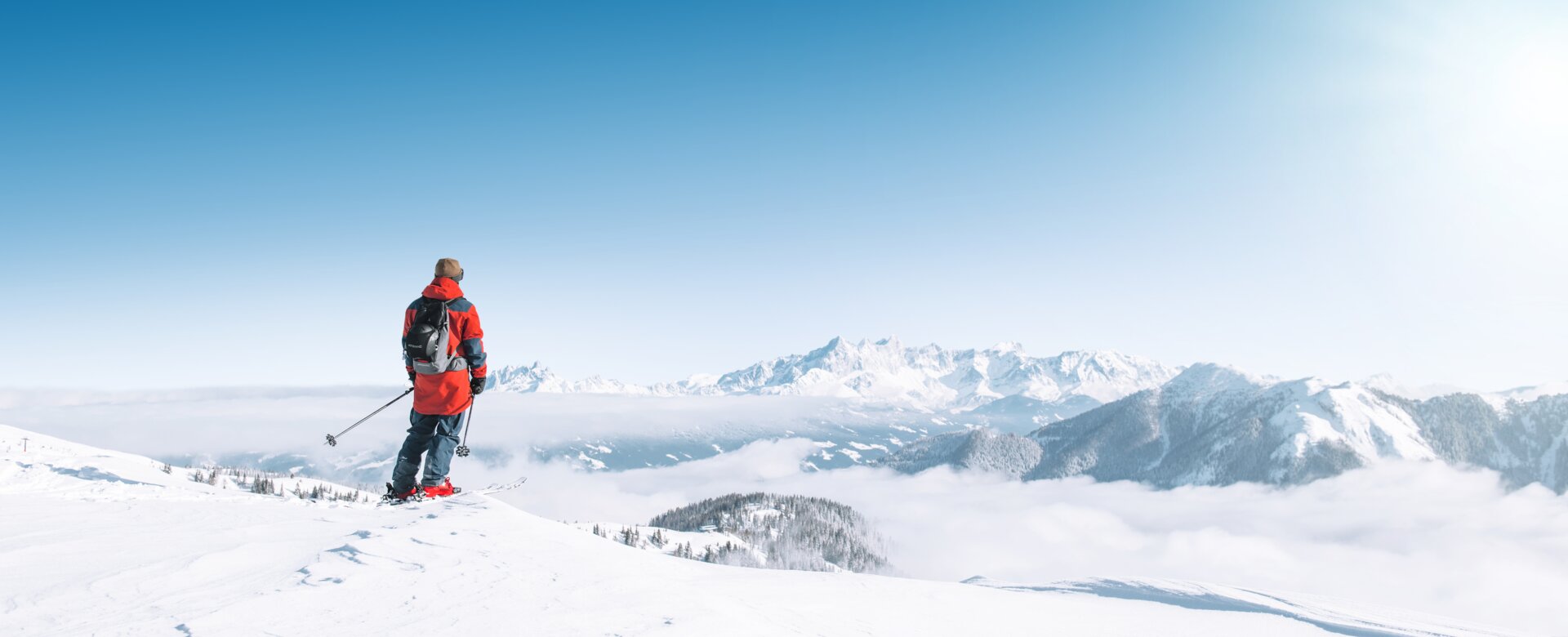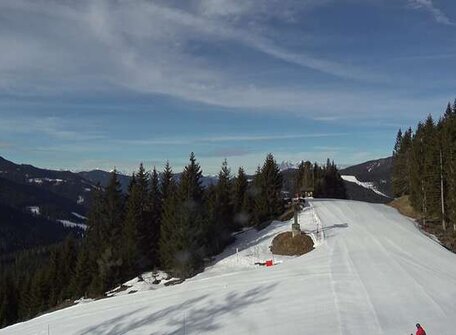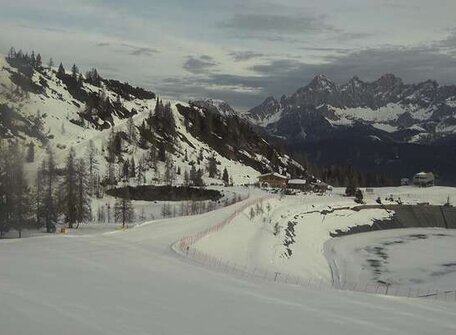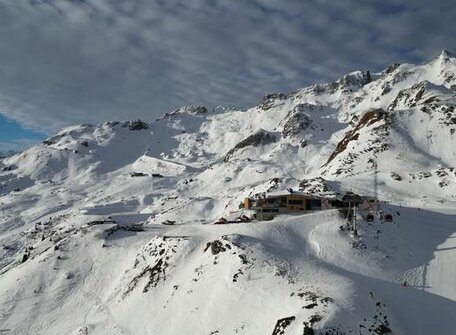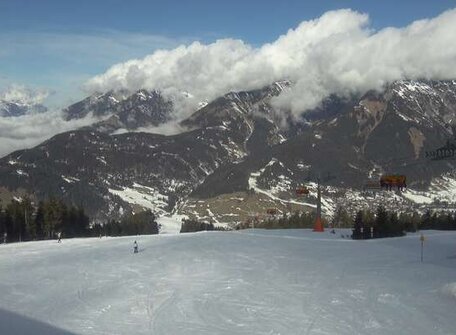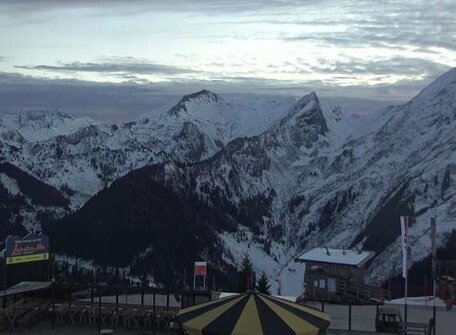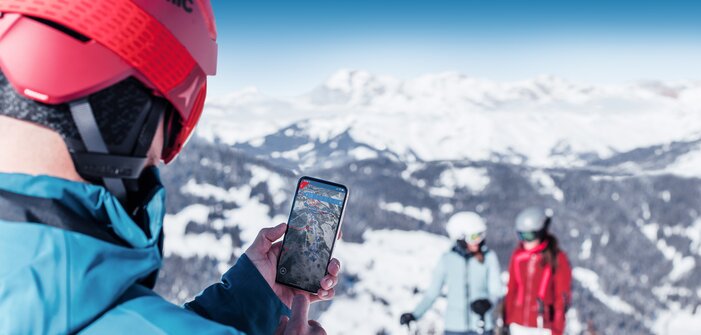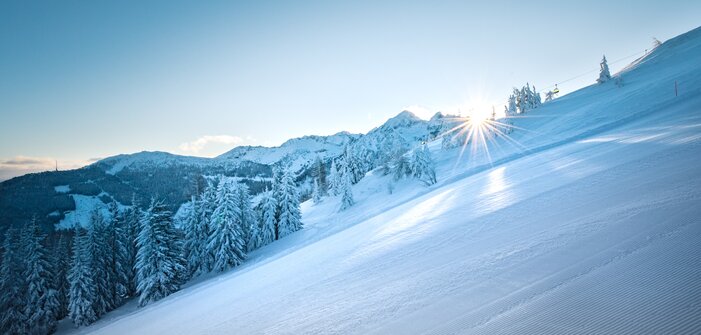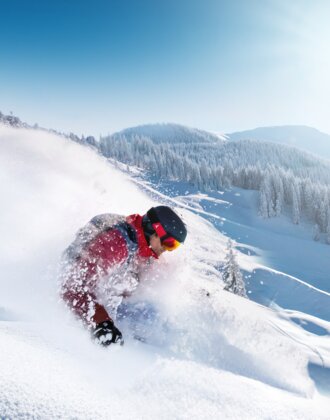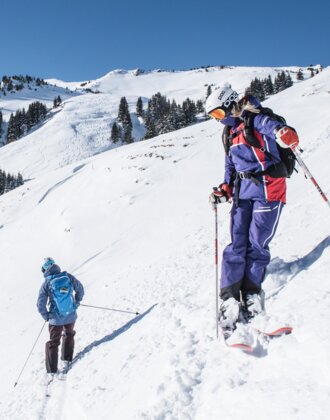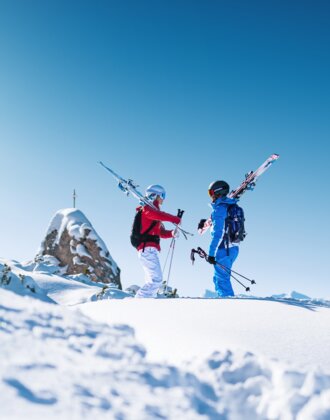If you go from the safety of the slopes to off-piste routes and downhill runs, you should not only have a very good command of your skis or snowboard, but also have experience of skiing in the open terrain.
Acquire the necessary know-how, for example with the help of avalanche and snow profile courses, to be able to enjoy your powder skiing fun as safely as possible. The right equipment is also essential for freeriding. Avalanche transceivers, shovels and other special equipment ensure maximum safety on ski routes and in the powder.
The following items belong in a freerider's rucksack:
- Avalanche transceiver (avalanche transceiver)
- Shovel
- Probe
- First aid kit
- Mobile phone for emergency calls
- Airbag system is recommended
In addition to this basic equipment, a helmet is also part of the standard equipment.
If you don't have any equipment, it can be bought or rented in the Intersport Rent shops.
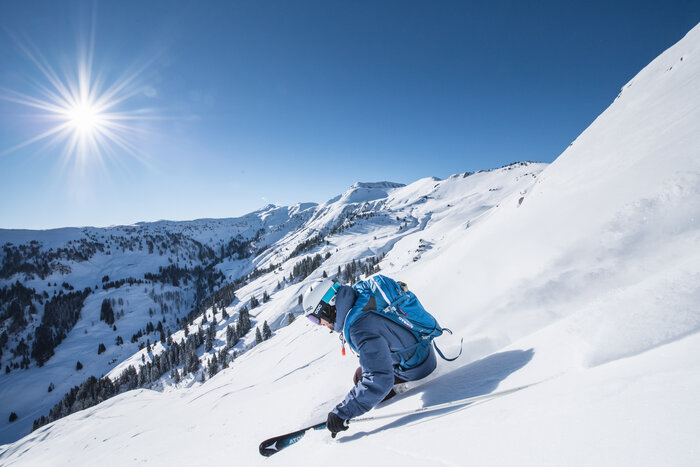
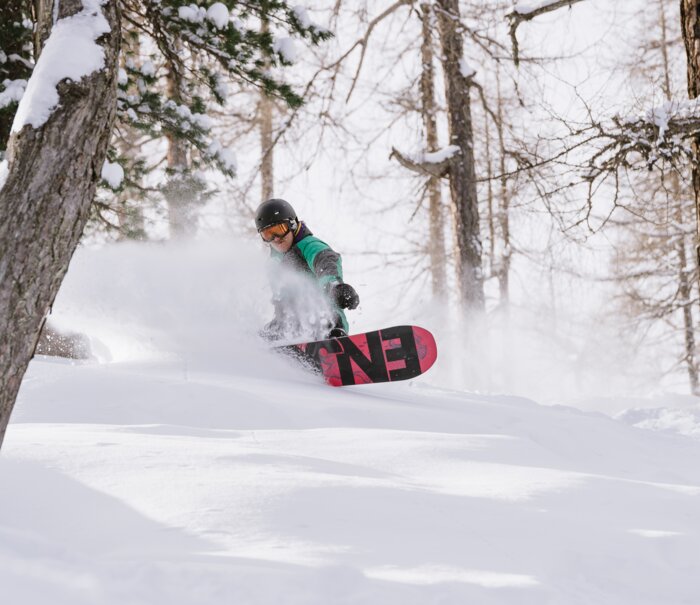
Freeride checkpoints
Visit our Freeride Info Points
There are a total of five Info Points for freeriders in Ski amadé.
At the top station of the Abergbahn in the Hochkönig region, the Info Point provides information about the best-known freeride routes and the current avalanche situation. You can also check the function of your avalanche transceiver there.
Information and guidance systems at the Schlossalmbahn in Bad Hofgastein and in Sportgastein also offer you the opportunity to check your avalanche beeper.
At the two valley stations Weltcuparena Zauchensee and Highport Flachauwinkl in the Salzburger Sportwelt you can also test whether your avalanche beeper is working!
For freeriders, it is virtually obligatory to deal with snow conditions, avalanche awareness and tour planning. Freeriding is not only beautiful, but can also be very dangerous. Nature is unpredictable and you should be well prepared for different situations.
The necessary knowledge and experience develop over the years and require a lot of practice.
Here we have listed important rules of conduct for safe freeriding.
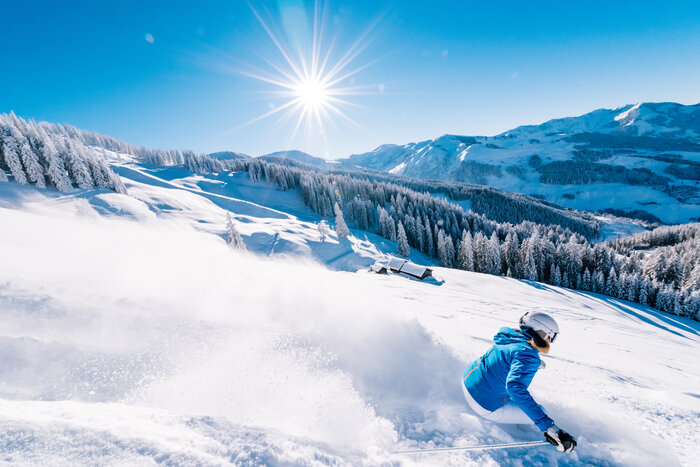
No solo runs!
"no friends, no powderdays" - you should be out and about in the backcountry with at least two people. Not only because such experiences are more fun together, but also for safety reasons.
Avalanche check done?
Before embarking on the adventure of freeriding, it is essential to check that your avalanche transceiver is working properly.
Safe ascent
Keep as much distance as possible from gullies and depressions. A distance of 15 metres relieves the snowpack and makes the ascent safe.
Safe descent
The freerider with the most experience takes the lead. Critical slopes are skied one at a time. A good and safe rider should be the last to descend the slope.
Careful tour planning
In addition to the weather forecast, you should also take a close look at maps and routes, length, altitude differences and current conditions. If necessary, talk to locals.
Avoid falls
Falls on the descent are a frequent cause of accidents when freeriding. A fall is an additional strain on the snow surface. Experience in the terrain and a speed appropriate to your ability reduce the risk.
Book a guide for your first freeride adventure
Do you want to make your first turns in deep snow? Then it's best to book a guide! They will teach you all the safety basics you need for your freeride adventure.
Avalanche awareness
Before you go freeriding, you should learn about snow, avalanches and other weather phenomena. Wind in particular should not be underestimated, as it is often the cause of an avalanche.
